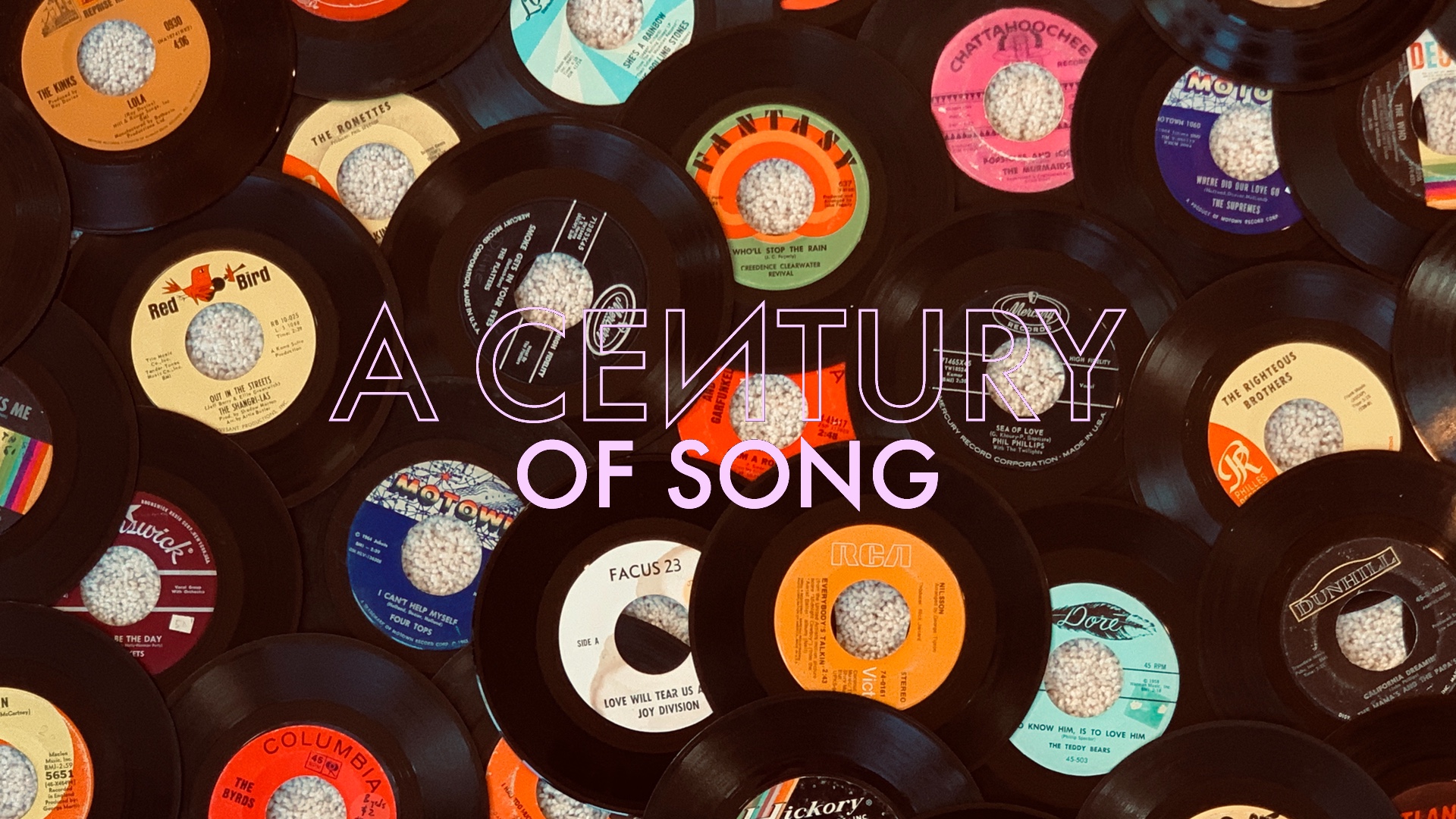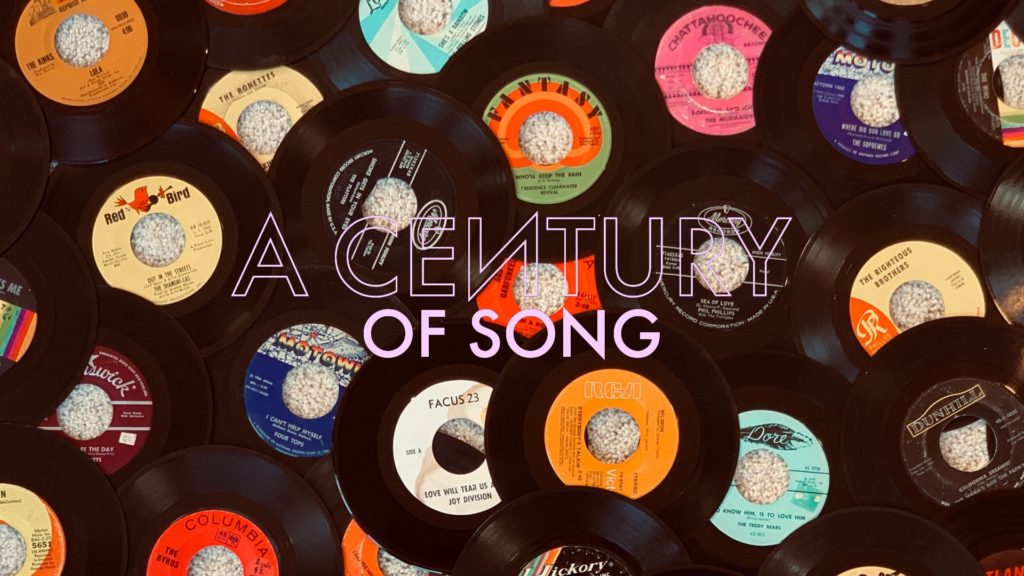
A Century of Song is an attempt to summarize 100 years of popular music through 1000 carefully chosen tracks. Included within this list are landmark singles, stellar album cuts, huge hits, hidden gems, and more than a few personal favorites. Read the introduction for the project here, and enjoy the embedded videos and Spotify playlist.

640
With their 1972 self-titled debut album, the Düsseldorf-based NEU! established themselves as pioneers of Germany’s burgeoning “krautrock” scene. Equally inspired by the rhythmic heft of rock and the open-ended experimentation of jazz, the duo of Klaus Dinger and Michael Rother – both alumni of the ultra-influential Kraftwerk – arguably reached a peak on their third album, NEU! ’75.
Opening NEU! ’75 is the gorgeously aquatic “Isi.” The track follows the template of the krautrock sound that the band had already established – propelled by Dinger’s “motorik” drumbeat, and shaded by Rother’s warmly atmospheric guitar and keyboard work. From a composition standpoint, “Isi” is a remarkably simple song, but the duo’s understated musical intuition elevates it to a point of sublimity.
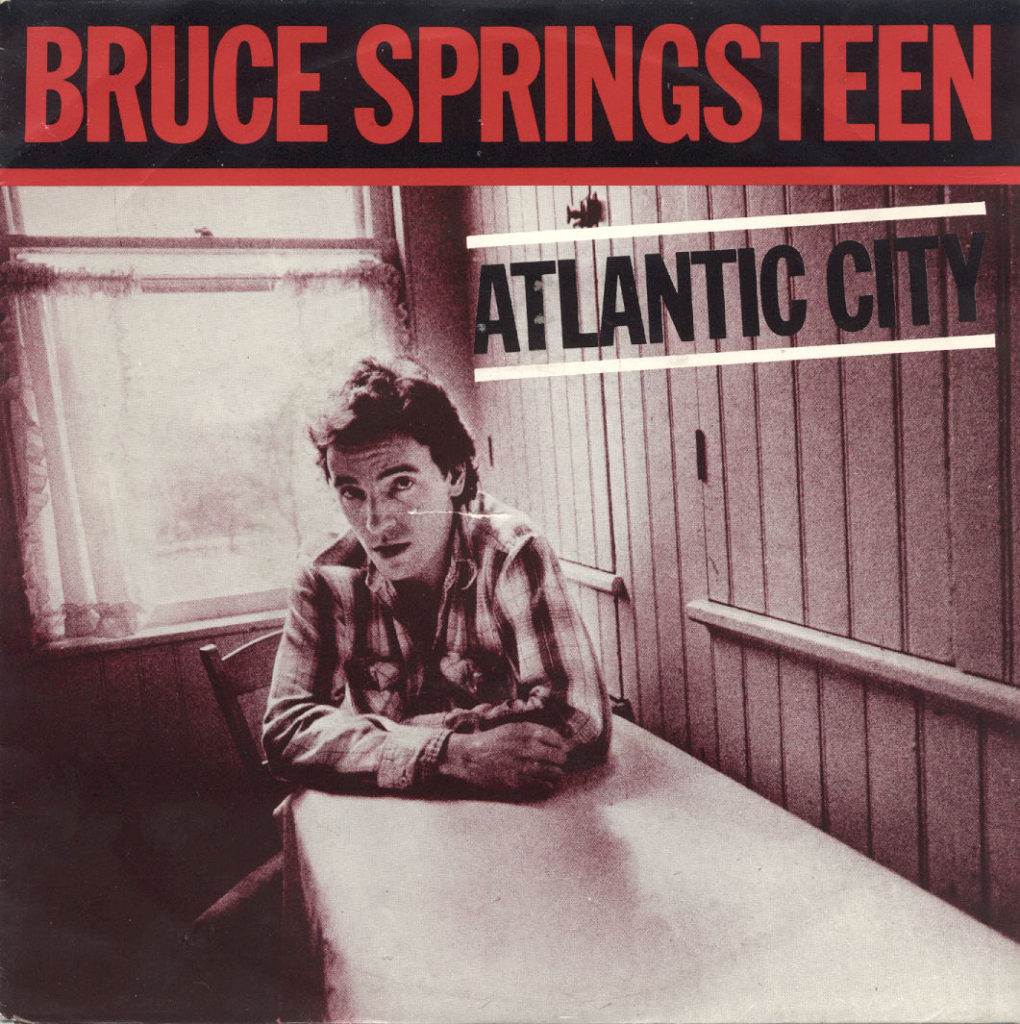
639
While a track like “Isi” disproves the old adage that any great song can be played alone with an acoustic guitar, Bruce Springsteen took that bare bones approach to his 1982 album, Nebraska. Originally intended as demos for his next record with The E Street Band, the stark production ultimately proved to be the perfect accompaniment for Springsteen’s darkest set of songs to date.
“Atlantic City” is Nebraska‘s most immediately appealing track. Featuring one of Springsteen’s most desperate narrators, the song unfolds into a compelling tale – one with an ambiguously ominous ending. It’s the track’s chorus that is most impactful, wherein Springsteen’s narrator finds himself attempting to reconcile his newfound life of crime with the relationship that will almost certainly become collateral damage.
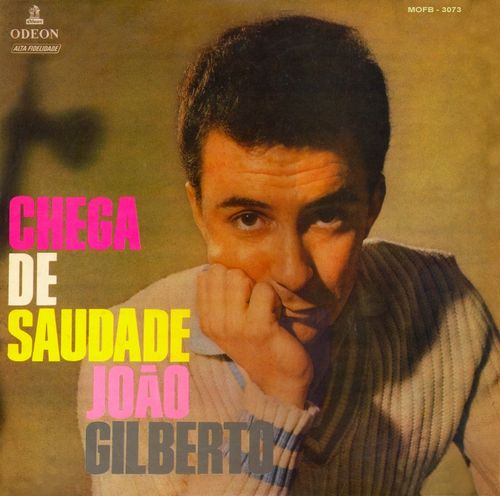
638
The opening track to João Gilberto’s debut full-length, “Chega de saudade” is a wonderful point of entry to an album full of beautifully crafted vignettes. Gilberto’s expert guitar playing and gently delivered vocals would help to bring the sounds of Brazilian bossa nova to the American masses, and in few places did he do so more perfectly than on this track.
Composed by Antonio Carlos Jobim – who would also write Gilberto’s 1964 smash hit “The Girl from Ipanema” – “Chega de saudade” had been recorded before, but never with the nuance that Gilberto displays on this version. It would help launch bossa nova to the forefront of the Brazilian pop scene, and set the genre – and Gilberto – up for greater success abroad.
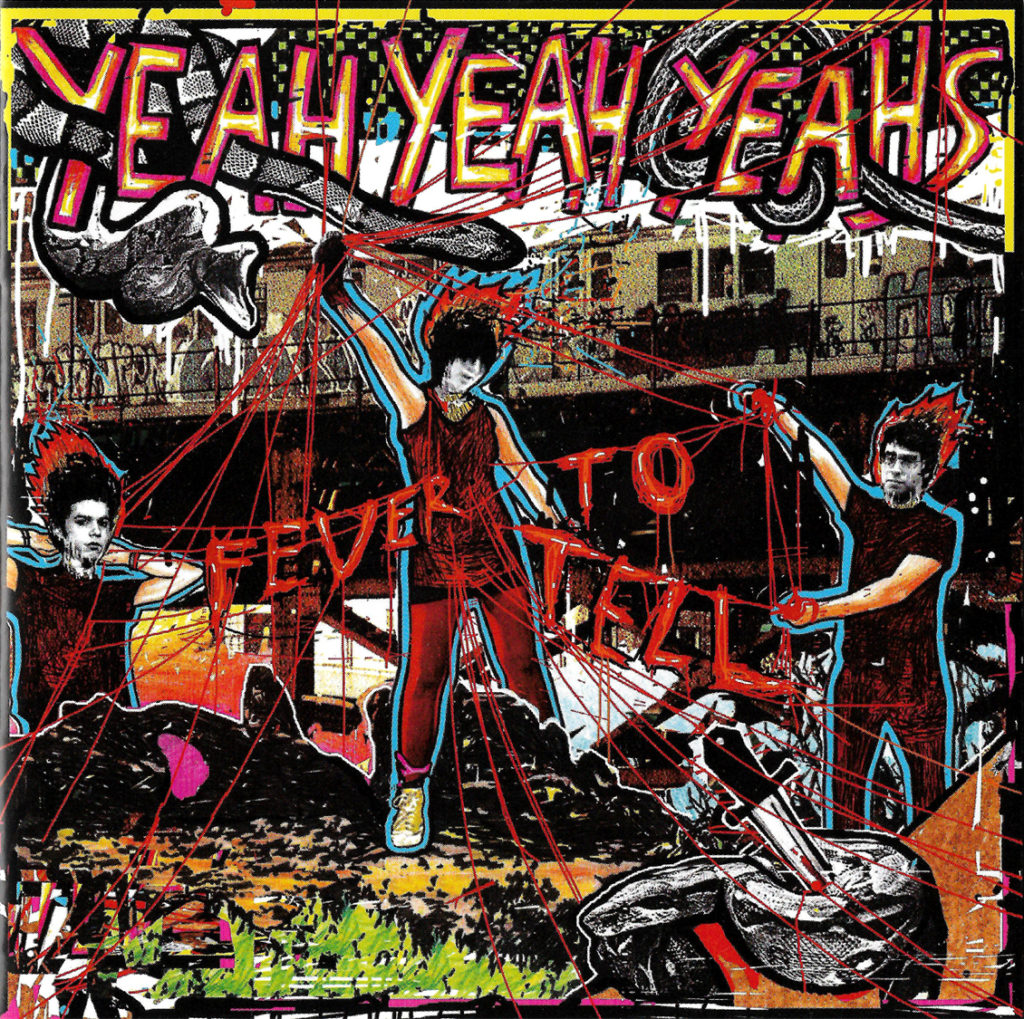
637
One of the most enduring tracks from the post-punk revival of the 2000s, the signature song from Yeah Yeah Yeahs was hailed as an instant classic upon its release, and has only improved with age. “Maps” helped to place the New York band at the forefront of indie rock’s movement to the mainstream, making its parent album – 2003’s Fever to Tell – one of the biggest breakthrough success stories of its time.
Sounding like Chrissie Hynde after a rough night, Yeah Yeah Yeahs’ vocalist Karen O delivers a stirring performance – both in the song, and in its accompanying music video. The boom-to-bust nature of American indie rock in the 2000s meant that success was often ephemeral, but Yeah Yeah Yeahs captured the sound of the day in a song that remains timeless.
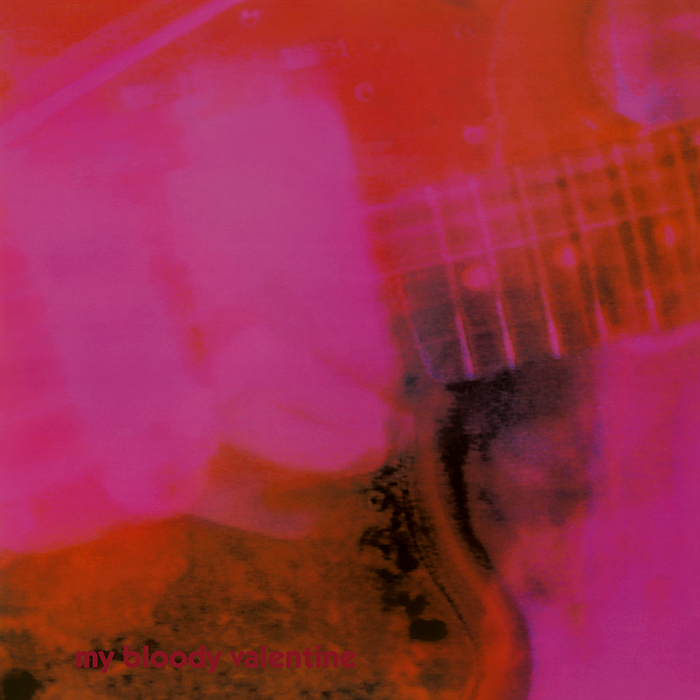
636
While My Bloody Valentine’s landmark second album – 1991’s Loveless – could accurately be described as a “sonic assault,” there is a melodic sweetness at its core that reveals itself with patience and repeat listens. Famously labored over by band mastermind Kevin Shields, Loveless‘ densely rewarding nature can be summarized by its enveloping lead track.
Opening with a snare fill that gives way to a pummeling wall of noise, “Only Shallow” seethes and surges with layer upon layer of Shields’ warped guitar sounds. Disorienting, but strangely hypnotic, the song peels back in its verses to make room for the vocals of Bilinda Butcher. While her lyrics are (mostly) inscrutable, Butcher’s voice adds another hazily intriguing element to a track that sounded like little that had ever been heard before, but has been ceaselessly copied since.
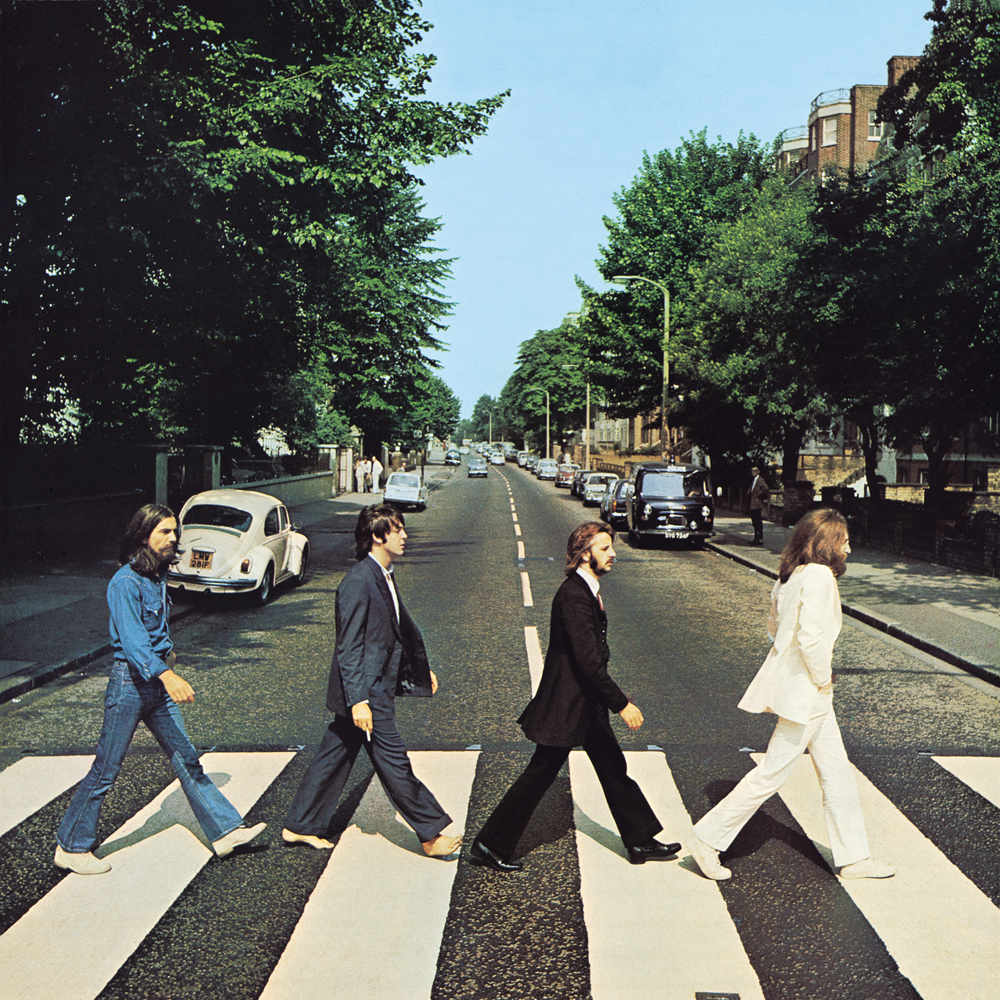
635
Perpetually in the shadow of John Lennon and Paul McCartney, George Harrison continually pushed his bandmates to allow more space for his own songs on Beatles LPs. While often viewed as a triumph for McCartney – and perhaps best remembered for the multi-song medley that comprises most of its second side – Abbey Road finally found Harrison outclassing Lennon/McCartney by contributing what were arguably the album’s two best songs.
Finding Harrison at his most optimistic – even while the band around him was crumbling – “Here Comes the Sun” is the highlight of The Beatles’ final album. Warm and effervescent, the song comes off as simple, but in actuality, it features one of George Martin’s most deft works of production. The gentle melody is beautifully underscored by Martin’s elegant orchestral arrangement and Harrison’s use of the Moog synthesizer that partially accounts for Abbey Road‘s modernist sheen.
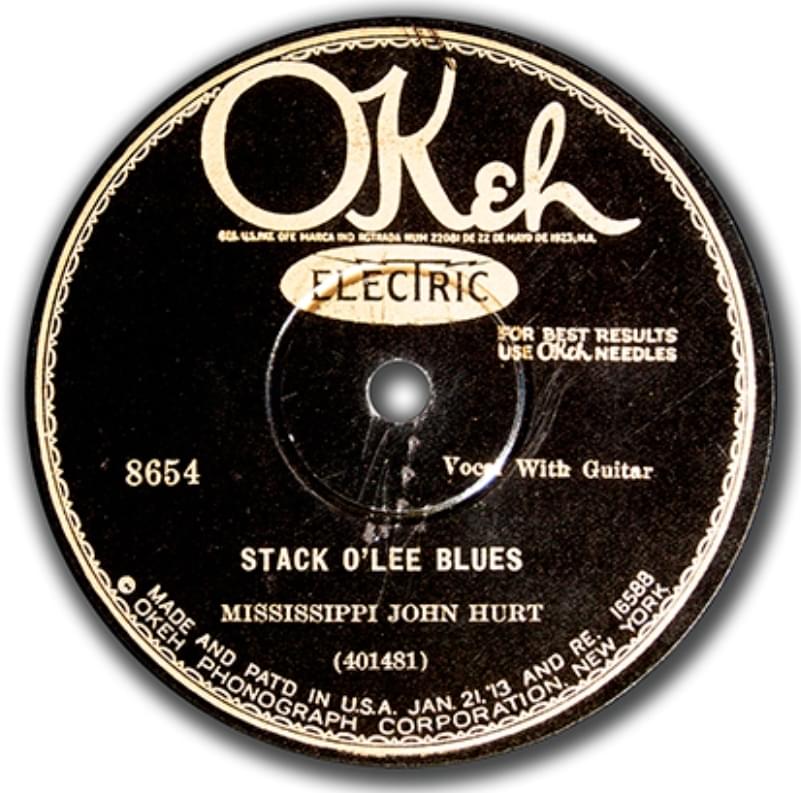
634
Born in 1893, John Smith Hurt would teach himself to play guitar at a young age, and eventually recorded thirteen songs during a pair of 1928 sessions for Okeh Records. When the six singles that Okeh released failed commercially, Hurt returned to his work as a sharecropper, remaining in obscurity until two of his tracks were included on Harry Smith’s landmark Anthology of American Folk Music in 1952.
The A-side to Hurt’s second single, “Stack O’ Lee Blues” was his take on the oft-recorded “Stagger Lee” folk ballad. Though the song had already been performed by several folk and blues artists before – and even more since – Mississippi John Hurt’s amiable vocals and nimble fingerpicking would make his version the definitive one.
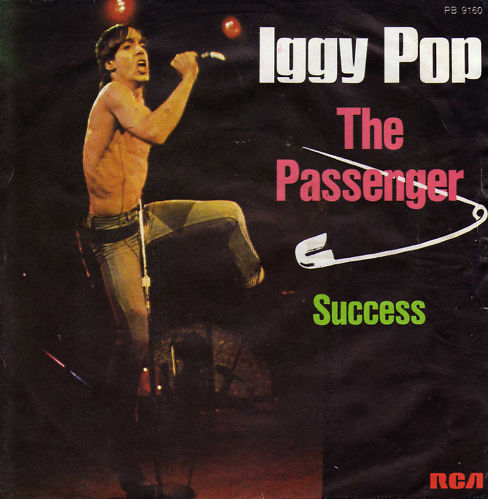
633
David Bowie and Iggy Pop moved to Berlin in 1976, in an attempt to kick their increasingly-destructive drug habits. It was there that Bowie would arguably create the greatest work in his decade-long artistic winning streak, but he also found time to co-write and produce two albums that would resurrect his friend’s flailing career.
The second album that Iggy delivered in 1977, Lust for Life would prove to be the biggest commercial success of his career – a far more direct record than its experimental, Bowie-helmed predecessor, The Idiot. “The Passenger” – co-written with guitarist Ricky Gardiner – taps into the vibe of the emergent punk scene that Iggy had been a critical forerunner of, due to his earlier work with The Stooges. It finds him capturing the unique thrill of being able to reinvent yourself in a new locale.
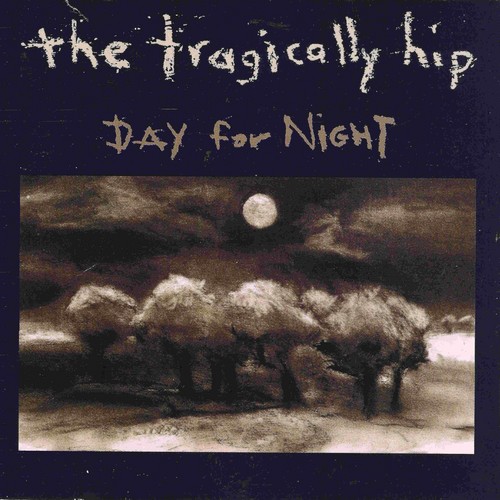
632
The harrowing centerpiece of The Tragically Hip’s 1994 album, Day for Night, “Nautical Disaster” features one of Gordon Downie’s most evocative set of lyrics, and one of his band’s most dynamic performances. Despite the clarity of the song’s imagery, there is a bit of ambiguity regarding the narrator’s perspective. Was he a survivor of the titular tragedy? Or, is it all just the recollection of a fever dream that produced such a troubling outpouring?
“Nautical Disaster” was the first song that I ever heard by The Tragically Hip – a result of Atlantic Records’ last sustained attempt to push the band to an American audience. While the exploration of their catalog that inevitably followed – and the fandom that continued until Downie’s death in 2017 – yielded little that matched the chilling “Nautical Disaster,” it was an alluring point of entry to a rewarding catalog.
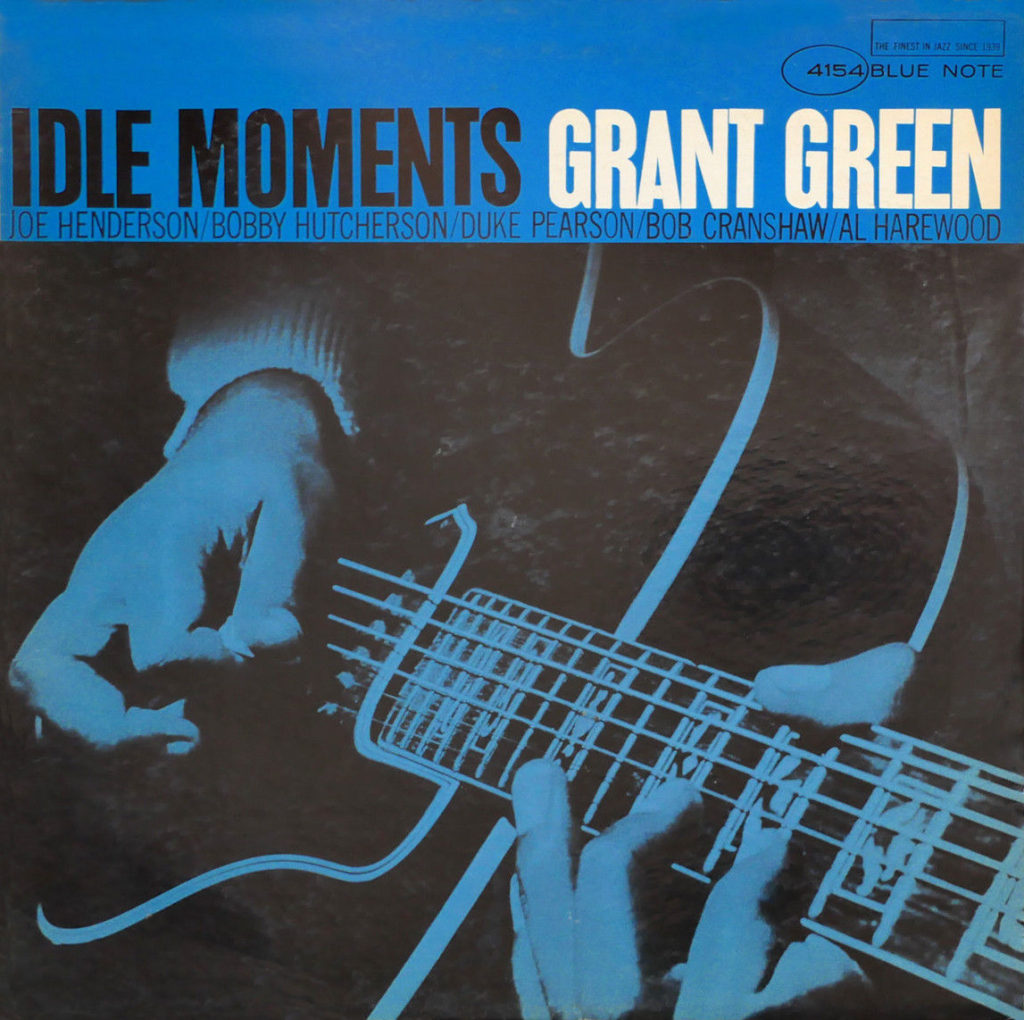
631
While he lacked the flash of contemporaries such as Wes Montgomery, Grant Green was one of the finest jazz guitarists of his time. The title track – and opener – to his signature album, “Idle Moments” is an exquisite recording that displays Green’s skill, and the remarkably intricate musicianship of his stellar cast of supporters.
Composed by pianist Duke Pearson, “Idle Moments” features one of the slinkiest hooks of the hard bop era. Even the soloists practice restraint during the song’s fifteen minute run-time, but never to the detriment of the track’s deeply smoky aura. The combination of Green’s electric guitar with Bobby Hutcherson’s vibraphone – perhaps Hutcherson’s greatest performance – proved to be particularly inspired, lending additional depth to a mesmerizing track.
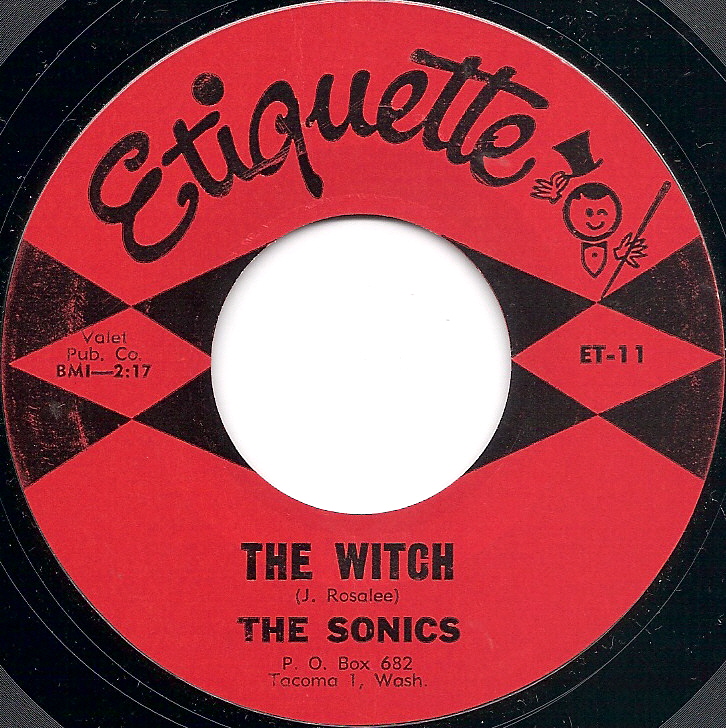
630
The quintessential band of the Pacific Northwest garage rock scene, The Sonics burst out of Tacoma in 1964 with this debut single. Quite possibly the heaviest recording by an American group to date, “The Witch” was a regional hit for the five-piece, and would re-appear as the opening track to the band’s 1965 debut LP.
Announced by Bob Bennett’s firecracker snare fill, “The Witch” surges on Larry Parypa’s jagged, overdriven power chord riff. Everything is recorded in red, but the frantic vocals of Gerry Roslie fight their way to the front of the mix. Nothing this wild had been heard before in American rock music, and though the song would fail to catch on nationwide, its primal intensity would provide an essential steppingstone on the pathway to punk.
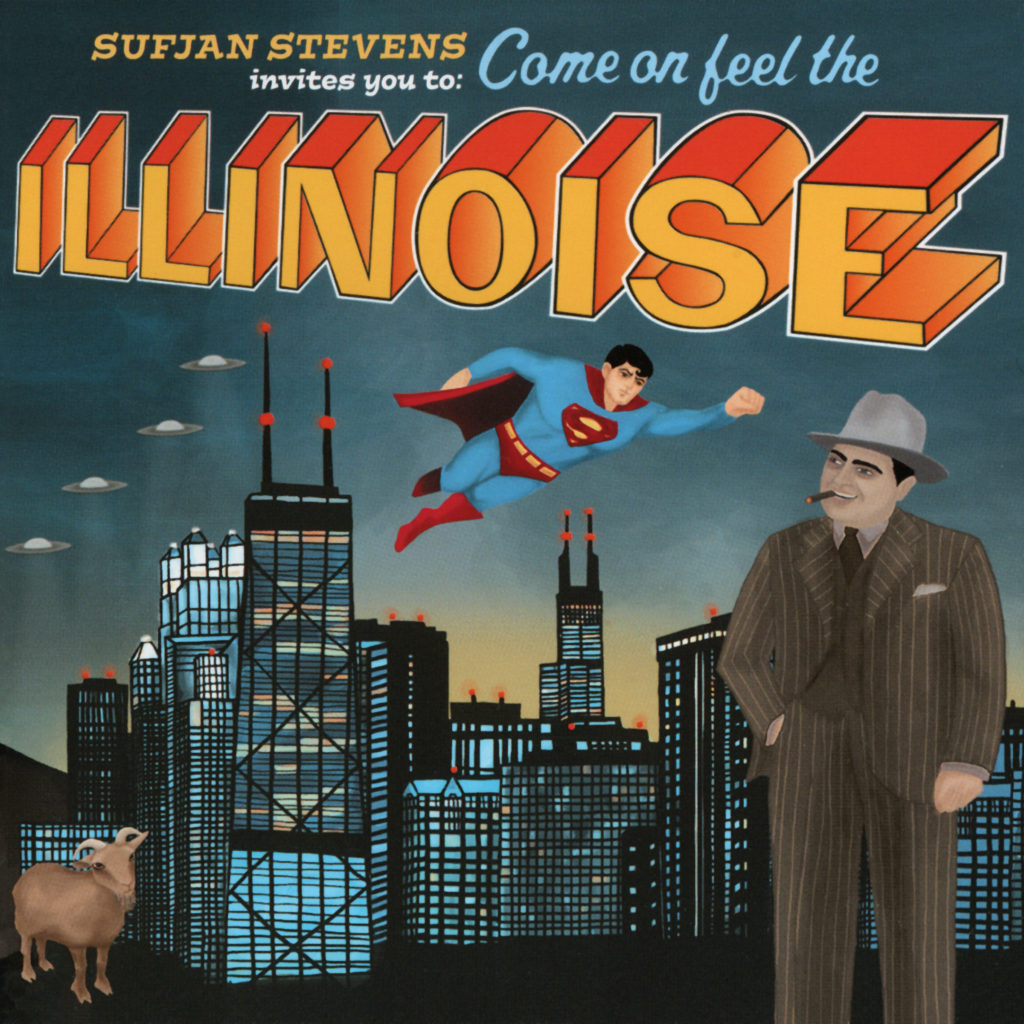
629
While 2005’s critically acclaimed Illinois is heavily steeped in references to the Prairie State, the midwestern locale merely serves as a backdrop to a set of moving character sketches. Making only the slightest of allusions to the holiday celebrating the – possibly intersex – Revolutionary War hero, “Casimir Pulaski Day” is among the album’s most heartrending songs.
Until the personally revealing The Age of Adz (2010) and Carrie and Lowell (2015), Sufjan Stevens always seemed to weave his songwriting in and out of his own biography. While it’s unknown whether “Casimir Pulaski Day”‘s tragic tale of a young girl dying of bone cancer was based on fact or fiction, Stevens imbues the song with a tangible sense of grief and a sculptor’s eye for detail.
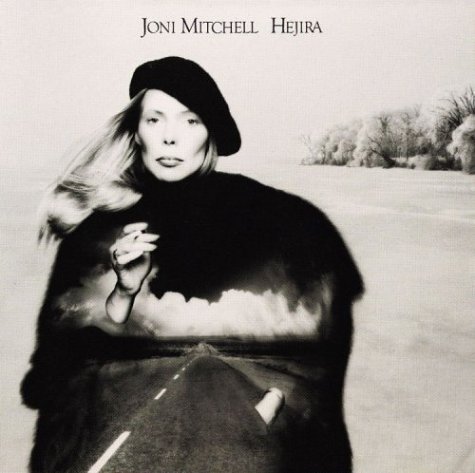
628
Joni Mitchell could write hooks, for sure, but following the unqualified success of 1974’s Court and Spark, Mitchell found herself following her muse to more winding, impressionistic places. The lead track from her 1976 album, Hejira, “Coyote” is quite possibly the finest example of Mitchell’s artistic transformation.
The most widescreen track in her catalog to date, “Coyote” unfolds cryptically – carried by the drifting, open-tuned chords of Mitchell’s guitar and the expressive fretless work of jazz bassist, Jaco Pastorius. The strongest connection to Mitchell’s previous recordings comes through her vocals – perhaps a bit wearier than on the folkier work with which she had made her name, but more confident, wise, and intriguing than ever before.
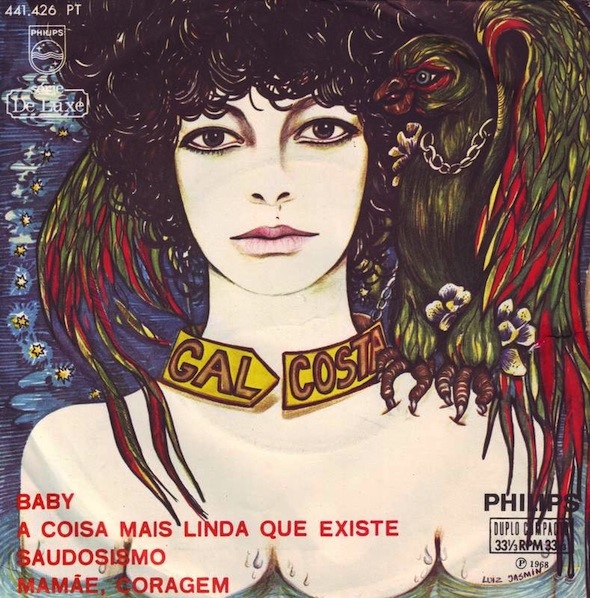
627
One of the most enduring tracks from Tropicalia’s brief heyday, “Baby” was written by Caetano Veloso, and would be performed and recorded by several of the short-lived movement’s leading figures. It’s Gal Costa’s version – which features a cameo by Veloso – that undoubtedly remains the definitive version of the song.
First released on the scene statement that was 1968’s Tropicália: ou Panis et Circencis, “Baby” is the compilation’s standout track – despite no shortage of attention-demanding competition. Resurfacing on Costa’s self-titled 1969 album, the lush ballad retained its power – even among the record’s bold mix of psychedelia and traditional Brazilian influences.
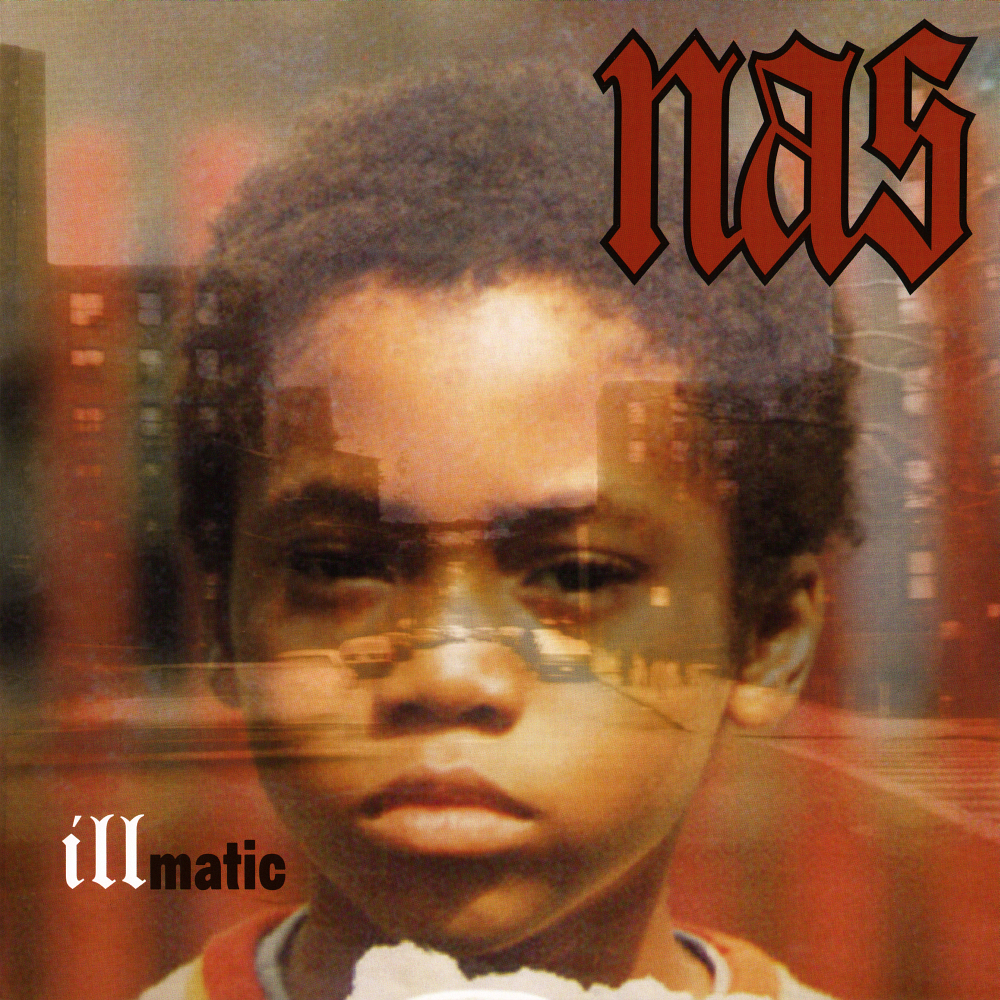
626
Though it wasn’t released as a single, “N.Y. State of Mind” has arguably become the most celebrated track from Nas’ landmark debut album, 1994’s Illmatic. Largely the result of a spontaneous collaboration between the Brooklyn rapper and DJ Premier, the song paints a compelling portrait of an artist honing his craft in an often-perilous environment.
The bleak setting that Nas describes in “N.Y. State of Mind” is matched by Premier’s production work – which involved repurposing a pair of jazz tracks into an ominous backing. The young rapper – barely in his twenties – weaves a harrowing narrative out of two dense verses that would ultimately help to forge a bridge between hip-hop’s past and future.
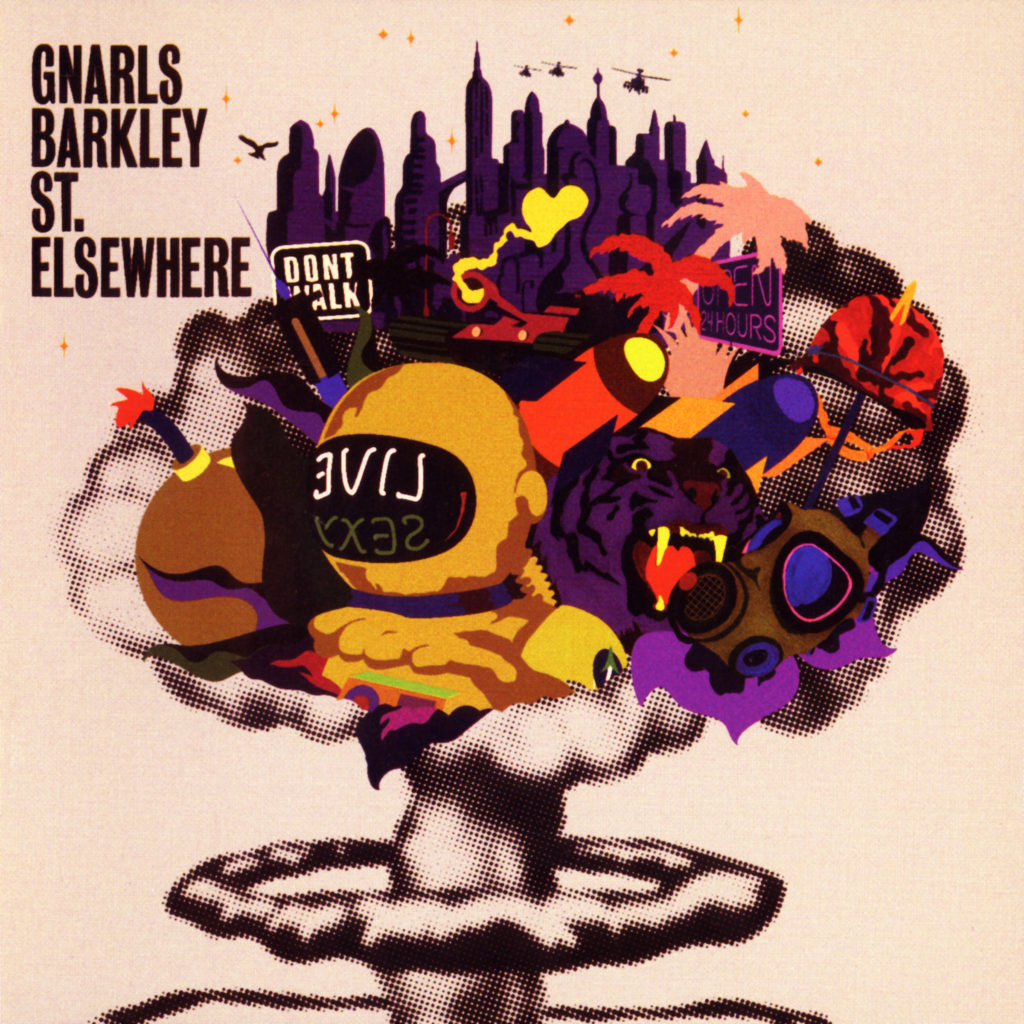
625
One of the most ubiquitous singles of its time, “Crazy” was a rarity, in that it was a hit song of considerable artistic merit. A collaboration between vocalist CeeLo Green and producer Danger Mouse, Gnarls Barkley were destined to never again match the heights of their debut single, but “Crazy” makes for quite a legacy on its own.
Blending Danger Mouse’s eclectic mix of influences with CeeLo’s passionate vocals, “Crazy” was a refreshing blast of neo-soul. Built around a sample from a 1968 spaghetti western film, the song creates an anxious, foreboding atmosphere. Despite its implied darkness, “Crazy” was a massive hit – sitting atop the British charts for two months, and hitting #2 in the U.S.
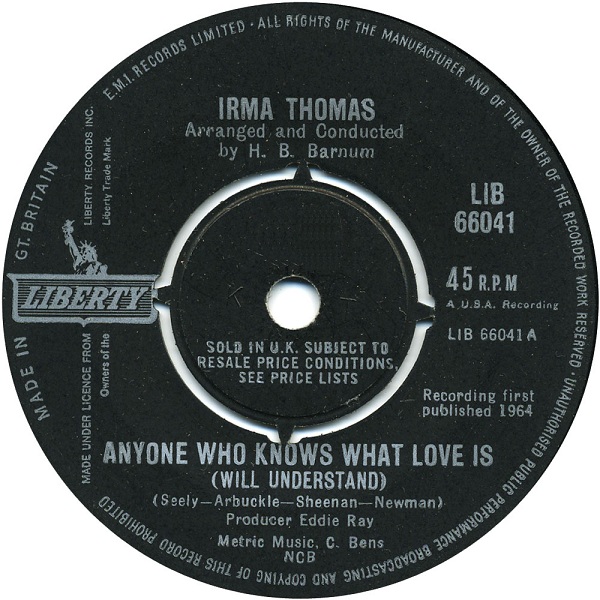
624
Co-written by Randy Newman and Jeannie Seely, “Anyone Who Knows What Love Is” was initially released as the B-side to Irma Thomas’ 1964 single, “Time Is On My Side.” While the A-side failed to make much of an impact – The Rolling Stones would turn it into a hit within a year – it was the flip that would in time become Thomas’ best-known track.
Introduced by a gently cascading glockenspiel, “Anyone Who Knows What Love Is” is one of the most ethereal pop recordings of its time. Its dreamy, slightly haunting nature has ultimately made the song a perfect match for a number of evocative film and television scenes, giving it a much-deserved second chance among modern day listeners.

623
“Hunter” is Björk’s first encounter with the icy landscape of her 1997 masterpiece, Homogenic. Over a spectral arrangement of booming synths, pulsating cellos, wheezy accordion, and a skittering, truncated snare drum, she surveys the imposing scene, and concludes that it is in fact she that is the real danger.
It’s hard to argue that an artist with such a restless sense of creativity has any one single defining moment, but despite the uniform greatness of 1993’s Debut and 1995’s Post, Homogenic represented the first full realization of Björk’s singular talents. While the album, and its 2001 follow-up Vespertine, are unqualified classics, “Hunter” stands out as Björk’s absorbing invitation to her brave new world.
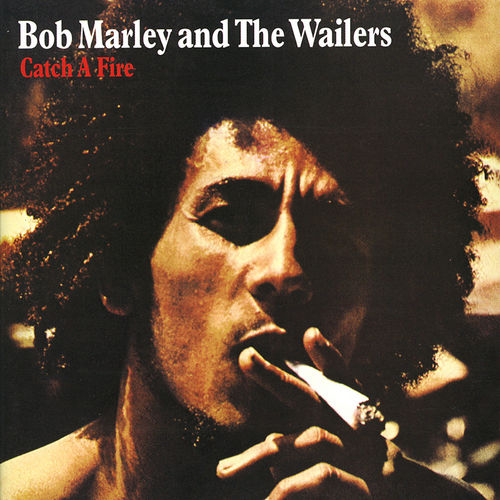
622
The first album that Bob Marley and The Wailers recorded for Chris Blackwell’s Island Records, Catch a Fire was primed to be the group’s big breakthrough to an international audience. Recorded in Kingston, Jamaica, the album’s nine tracks were ultimately augmented with extra guitar parts upon the tapes’ arrival in London.
One of the tracks most transformed by Wayne Perkins’ guitar work, album opener “Concrete Jungle” is one of Marley’s most impressive pieces of songwriting. While the popular mythologizing of Marley has largely emphasized his most good-natured work, “Concrete Jungle” presents a bleak outlook – one matched by the song’s austere mood, and Perkins’ searing guitar solo.
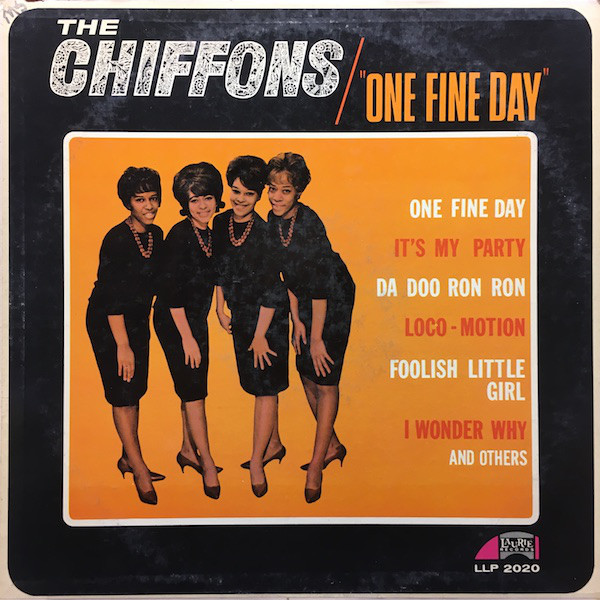
621
A Carole King/Gerry Goffin composition, “One Fine Day” was the A-side to the third single by The Chiffons – a Bronx-based girl group who had recently scored a #1 hit with the song “He’s So Fine.” Though King would eventually record a hit version of the track herself, The Chiffons’ original is one of the great pop singles of its time.
The driving, upbeat nature of the musical backing provided a perfect complement to the optimistic tone of King and Goffin’s lyrics. King herself played the piano part that supplies the song’s strongest musical hook and echoes the spirited backing vocals of The Chiffons. The single gave the group another hit in the summer of 1963, and it would become the title track to their second LP, released that fall.


